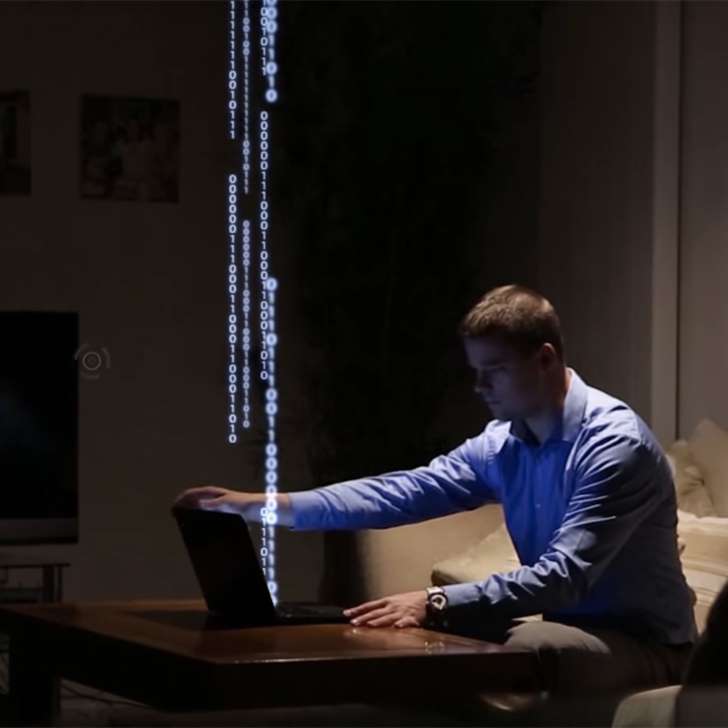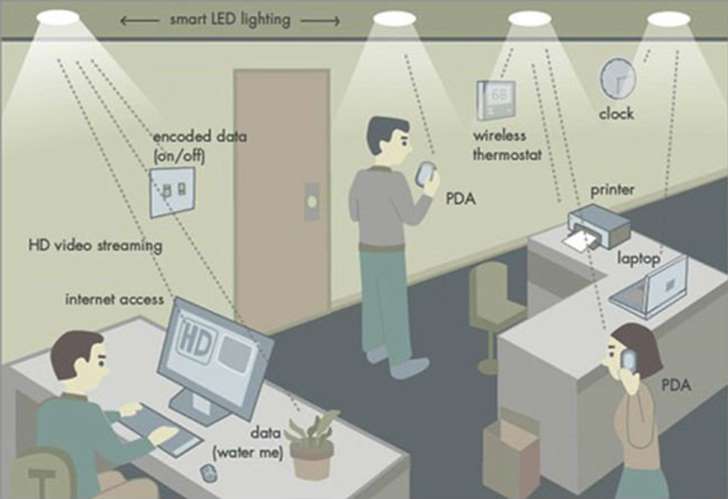November 25, 2015
Just as you thought 4G or 5G LTE would finish off Wi-Fi once and for all, Li-Fi appears on the scene to rock its status.

Li-Fi Room
Wi-Fi has been great but it's already being outdone in 5G tests and now on a more local scale Li-Fi is 100 times faster, and more secure.
November 25, 2015
Just as you thought 4G or 5G LTE would finish off Wi-Fi once and for all, Li-Fi appears on the scene to rock its status.

Li-Fi Room
Wi-Fi has been great but it's already being outdone in 5G tests and now on a more local scale Li-Fi is 100 times faster, and more secure.
Li-Fi uses light to transmit data rather than Wi-Fi's radiowaves. Although this was still in the testing phases not long ago it's already set to reach the public.
So how can Li-Fi be so fast and is it really the death of Wi-Fi?
PureLiFi

Li-Fi uses light for faster transmission
By using visible light to transmit data Li-Fi is able to increase bandwidth by 100 times. This equates to downloading 18 movies at 1.5GB each, in a single second.
Lab tests revealed that the Li-Fi connection could transmit up to 224 gigbits per second. Now in real world use scientists have reportedly managed to hit a whopping 1GB per second of data transmission.
This was first discovered in 2011 at the University of Edinburgh by Harold Haas. He showed that flickering the light from an LED could transmit more data than a cellular tower.
The current iteration uses Visible Light Communication (VLC) which is light between 400 and 800 terahertz. It's a bit like switching a light on and off for Morse code, or more accurately, to send the ones and zeros of binary bits.
Boston University

Li-Fi Environment – Provided by Pocket-lint
Li-Fi should appear alongside Wi-Fi
It looks like Wi-Fi may not be endangered after all. Li-Fi's creators admit that with Wi-Fi so deeply built into society, replacing it would be unrealistic. Instead they're working on ways to retrofit it to current systems.
So it's likely that in the future we could jump between mobile network data connection, Wi-Fi and Li-Fi seamlessly from our smartphones, for example.
Haas and his team have launched a brand called PureLiFi which offers plug and play access currently limited to 11.5MB per second.
The point of Li-Fi right now is that light is unable to pass through walls. Rather than this being a range disadvantage it's being touted as a positive for security. For this reason companies are looking into implementing Li-Fi in offices. Another reason is that Li-Fi should also suffer far less from interference of multiple devices on the same network.
French company Oledcomm is installing its own Li-Fi technology in local hospitals.
The future is bright for Li-Fi
The world of tomorrow may be one where light and internet access are provided from the same point.
Haas said: "In the future we will not only have 14 billion light bulbs, we may have 14 billion Li-Fis deployed worldwide for a cleaner, greener, and even brighter future."
Courtesy: Pocket-lint
















































































































